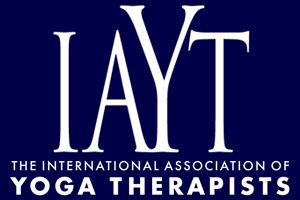Evaluation of the Benefits of a Kripalu Yoga Program for Police Academy Trainees: A Pilot Study
Background: Law enforcement ranks as one of the most stressful occupations in the world. Yoga is a mind-body practice composed of postures, breathing, and meditation techniques, and is known for its beneficial effects on stress and mood disturbance. Objectives: This pilot study evaluated the effects of Kripalu yoga on perceived stress, mood, and mindfulness during police academy training. Method: Forty-two recruits participated in a 6-class yoga intervention. Participants completed the Profile of Mood States-Short Form, Perceived Stress Scale, and the Five Facet Mindfulness Questionnaire prior to and immediately following completion of the yoga program, as well as an exit survey. Results: Paired samples t-tests revealed significant postintervention changes in perceived stress and mood, reductions in tension and fatigue, and a trend toward reduced anger. Changes in mindfulness were not detected. The exit survey indicated perceived benefits of yoga for some participants. Conclusions: This preliminary study suggests that yoga may be beneficial for reducing stress, tension, and fatigue among police academy trainees. Future longitudinal randomized controlled trials are needed to evaluate its full potential as a permanent component of police academy training.
